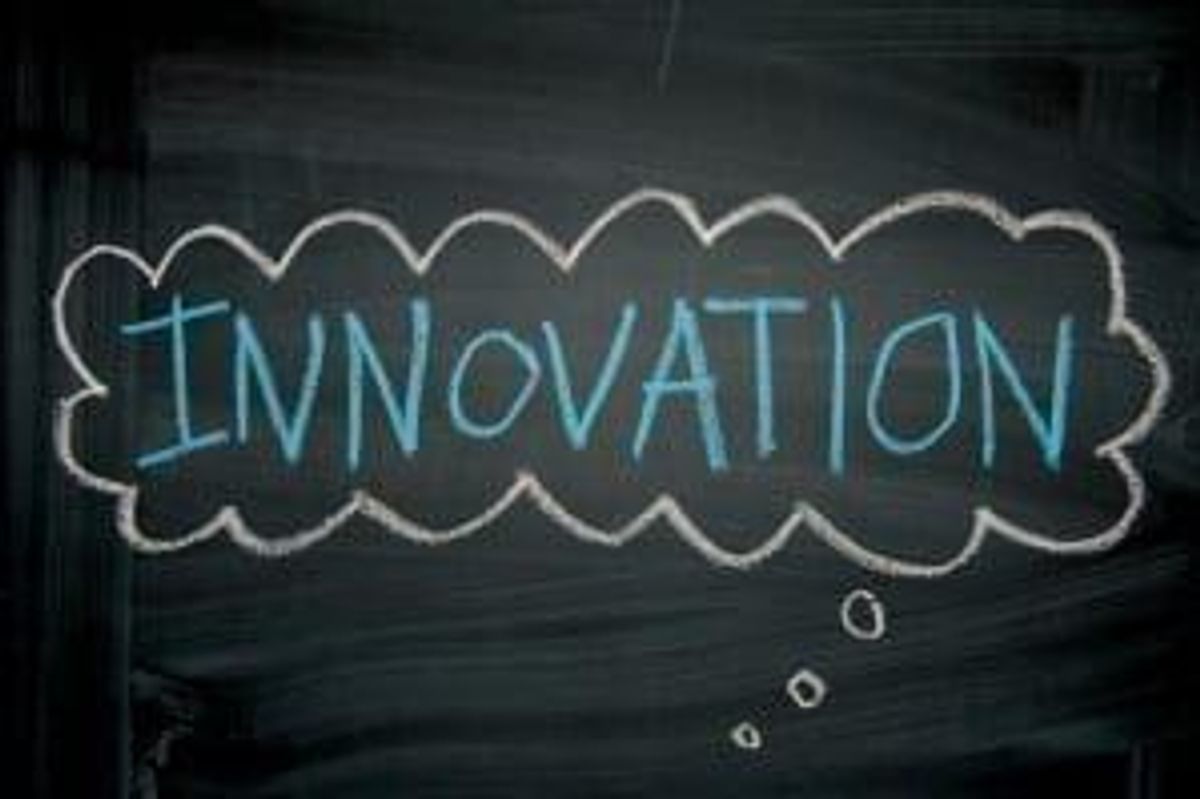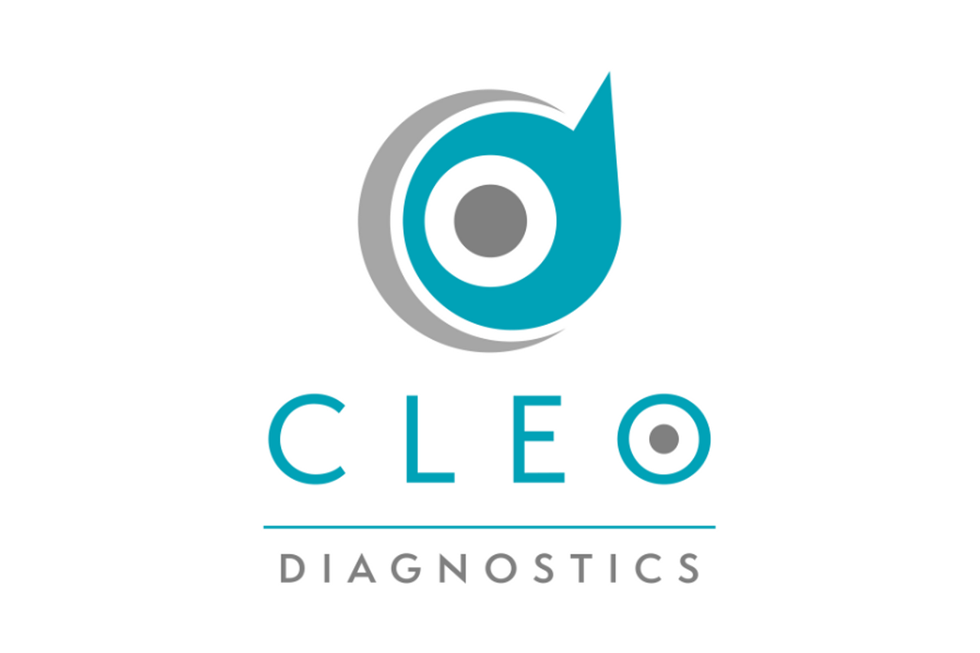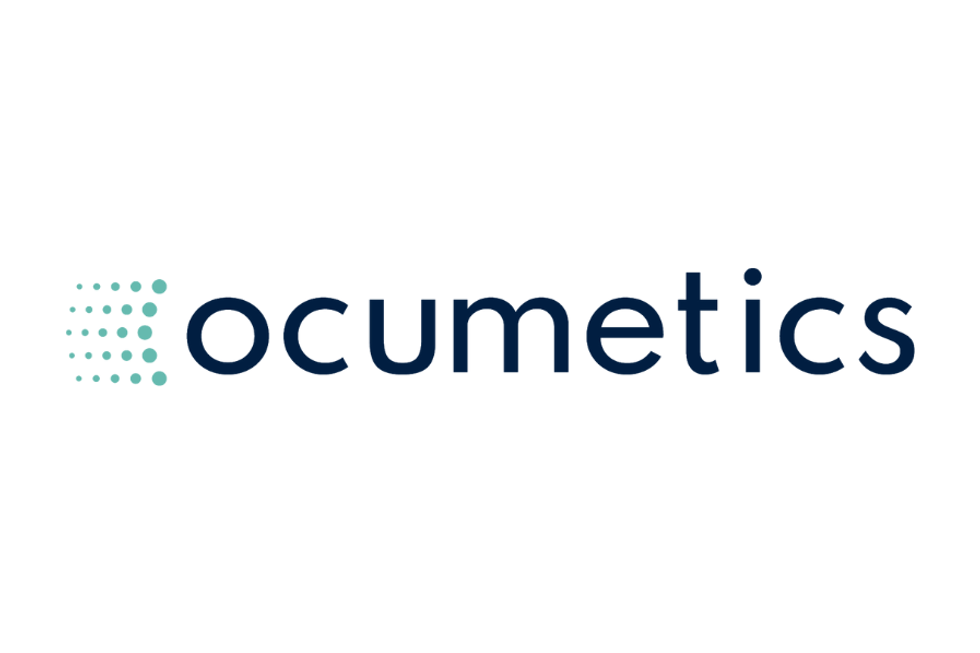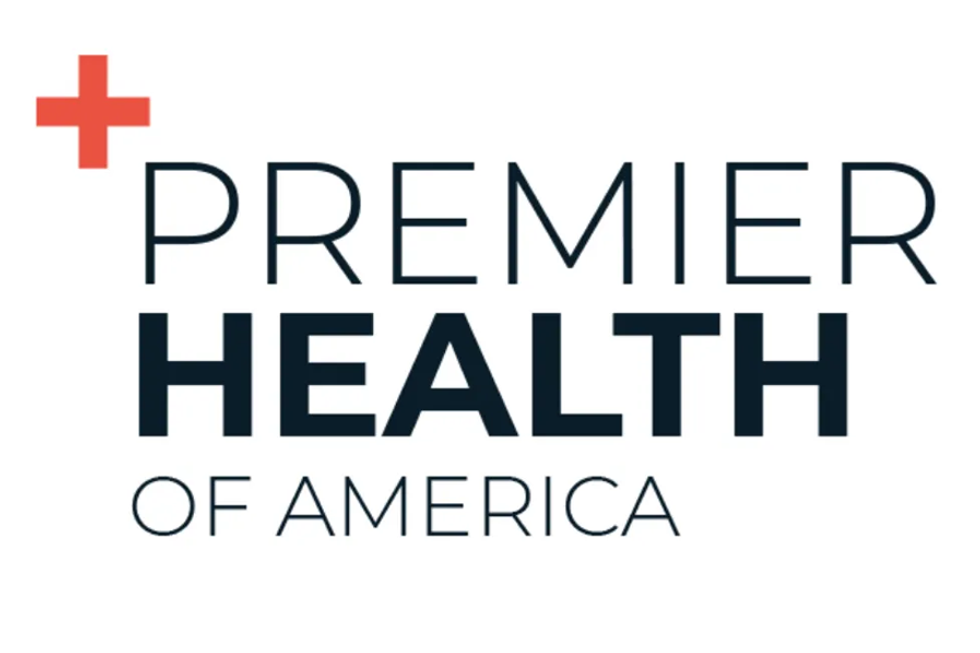A Look at Non-Invasive Glucose Monitoring Medical Device

Researchers at University of California San Diego are working on a non-invasive glucose monitoring medical device.
In 2104, the global wearable medical devices market accounted for a substantive $3.5 billion. Looking ahead, the market is expected to grow at a compound annual growth rate of 21.7 percent to reach $16.8 billion by 2022. One of the areas of research for wearable devices is non-invasive glucose monitoring, which investors can expect to see expanding as the global instance of diabetes continues to rise and individuals look for more discrete methods of monitoring their glucose levels.
Taking an interest in the growing wearable medical devices market, Investing News Network recently reached out to Amay Bandodkar, a graduate student at the Center for Wearable Sensors at the Jacobs School of Engineering and University of California San Diego. While Bandodkar is not currently working on a marketed product, he provided some insight on his team’s latest non-invasive wearable glucose sensor, a device that could be a promising step-forward for individuals with diabetes.
Investors should be keen to keep an ear out for developing technologies. While they cannot invest in technologies that are at a research level, understanding this facet of the market can serve to provide investors with an idea of the technologies that could be on the horizon.
What is a non-invasive wearable glucose monitor?
What Bandodkar and his team in Professor Joseph Wang’s laboratory have been working on is wearable sensor that has the non-invasive qualities of a temporary tattoo. The tattoo both extracts and measures the level of glucose in a person’s system through the fluid between skin cells. The sensor, as Bandodkar explained to INN has two components, “the wireless electronics and the chemical sensor.”
While Bandodkar was tight-lipped about the wireless electronic component, as it has yet to be published, he did note that the working principles of the device are very similar to those of blood-glucose monitors currently available. More specifically, “the signal, which is generated by the sensor and presents itself in the form of current, is proportional to the amount of glucose in an individual’s system,” Bandokar explained, adding that “the higher the amount of glucose, the higher the current is being generated will be.”
What this means is that in the end, users will see the same results as they would had they been using a needle-test.
Bandodkar noted that the sensor was tested on a group of seven men and women with no history of diabetes who were fed a carb-heavy meal. The tattoo sensor preformed in a similar way to the currently available devices, picking up the increase in glucose levels.
As most diabetics know, readings taken from a finger-prick sensor are immediately accurate, whereas the device Bandodkar and his team are working on is fighting against a delay in results. In this respect, the research team is working on developing a highly sensitive glucose sensor that can detect lower levels of glucose with high selectivity.
Bandodkar alluded to the possibility of the sensor one day becoming a continuous monitoring system, however, for the time being, the temporary tattoo is much like the test strips individuals familiar with the finger-prick tests are using. The current direction that the UCSD researchers have taken is to have a tattoo that will need to be replaced daily.
Users, will be able to rest easy, however when it comes to the costs. Bandodkar noted that after a preliminary glance at commercialization of the tattoo, as it isn’t expected to break the bank. “The cost looks to be in the range of $0.20 – $0.30, not more than that. Users can easily replace the tattoo and the electronics will remain for a longer period of time.”
As to where the information will go, the researcher noted that the intention is to have the wireless component able to transfer the information to either a device, a cloud service or even a doctor. This is because one of the draws of wearable technologies is they aren’t reliant on big screen technologies to provide users with information.
What makes the wearable technology market attractive?
With the wearable device market as a whole expected to grow, INN thought who better to ask about what the allure of wearable technology is than to someone working on developing said technology. Bandodkar told INN that “the alluring factor of wearable sensors is that they could have the ability to track and measure several parameters.”
Further to that, Bandodkar noted that “most of the wearable devices that you see in the market today they can only monitor physical parameters, like temperature or heart rate or body motions, for instance,” However, the UCSD team would like to eventually create a device that is able to “monitor chemical parameters such as heart rate, temperature and glucose, in addition to the physical ones.”
That said, while the USCD researchers are currently working on developing a non-invasive wearable glucose, perhaps in the not-too-distant-future, investors can expect to see even more high-tech wearable devices on the market.
Don’t forget to follow us @INN_LifeScience for real-time news updates.
Securities Disclosure: I, Vivien Diniz, hold no investment interest in any of the companies mentioned.





